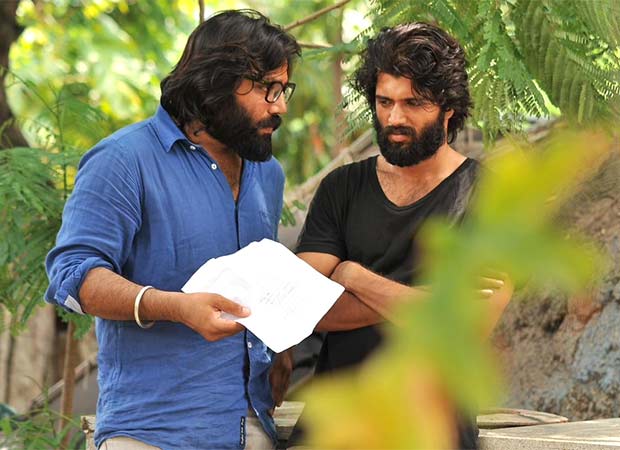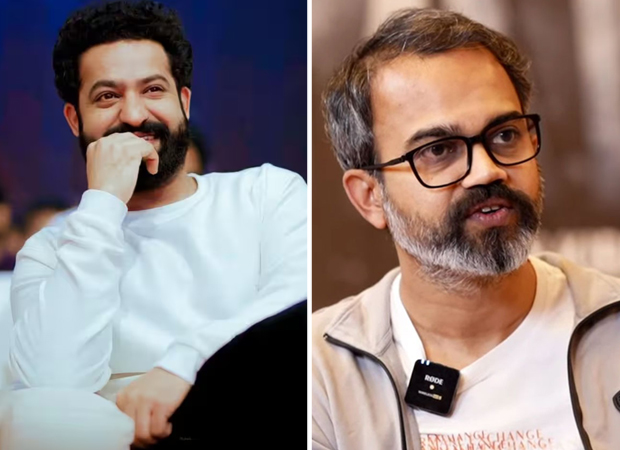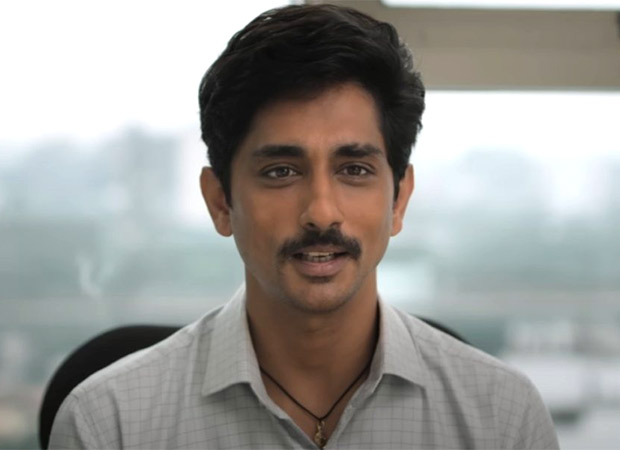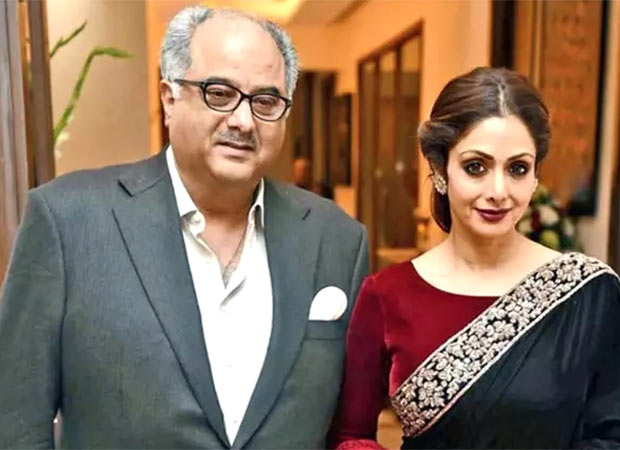Ravi K. Chandran, the acclaimed cinematographer of “Thug Life,” has indeed offered his perspective on why the film, despite its high expectations and stellar cast/crew, hasn’t been as well-received by audiences. His comments directly address the comparison to “Nayakan,” the iconic 1987 collaboration between Mani Ratnam and Kamal Haasan.
Here’s a summary of his viewpoint and the broader critical sentiment:
Ravi K. Chandran’s Perspective:
Expectation vs. Reality: Chandran suggests that the primary reason for the film’s lukewarm reception is a mismatch between audience expectations and the film’s actual genre and approach. He states, “I guess people expected a Nayakan and not an action film from Mani sir and Kamal sir.”
“Nayakan” Hangover: “Nayakan” is a highly revered gangster drama, known for its emotional depth, character development, and philosophical exploration of good and evil. Audiences likely anticipated a similar cinematic experience, especially given the reunion of the lead actor and director after 38 years.
“Thug Life” as an Action Film: Chandran implies that “Thug Life” leans more heavily into the action genre, possibly sacrificing the nuanced emotional storytelling and character arcs that were hallmarks of “Nayakan.” He notes that the cinematography focused on a “classic style” with high contrast and dynamic action sequences, which might not have aligned with the audience’s desire for a deeper, more dramatic narrative.
Broader Critical Reception Aligns with This:
Reviews for “Thug Life” have been mixed to negative, often echoing Chandran’s sentiment:
“Nayakan” Comparisons are Inevitable: Many critics explicitly stated that “Thug Life” “is not Nayakan,” or that it “suffers from a serious case of identity confusion” by trying to be both a Nayakan 2.0 and a modern action film (like John Wick or Batman Begins).
Generic Story and Flat Screenplay: Common criticisms include a predictable and generic storyline, slow pacing, and a flat screenplay, especially in the second half. Reviewers felt that the film “struggles with unclear motivations” and that characters, beyond the core few, felt underdeveloped.
Lack of Emotional Depth: A recurring point is the absence of the emotional resonance and compelling character connections that made “Nayakan” a classic. Critics felt that “Thug Life” often “tells” the audience what happened rather than letting them “feel” it.
Focus on Style Over Substance: While cinematography by Ravi K. Chandran has been widely praised as a standout component, many critics argue that the film prioritizes visual style and action over a cohesive and engaging narrative or deep emotional connections.
High Expectations Undermined: The immense hype surrounding the reunion of Mani Ratnam and Kamal Haasan, especially with references to “Nayakan” in promotions, created colossal expectations that “Thug Life” reportedly failed to meet for a significant portion of the audience.
In essence, Ravi K. Chandran’s observation encapsulates the core disappointment: audiences came expecting the emotional and dramatic gravitas of “Nayakan,” but received a more action-oriented film that, while visually impressive, didn’t quite capture the depth or resonance of their previous masterpiece.




